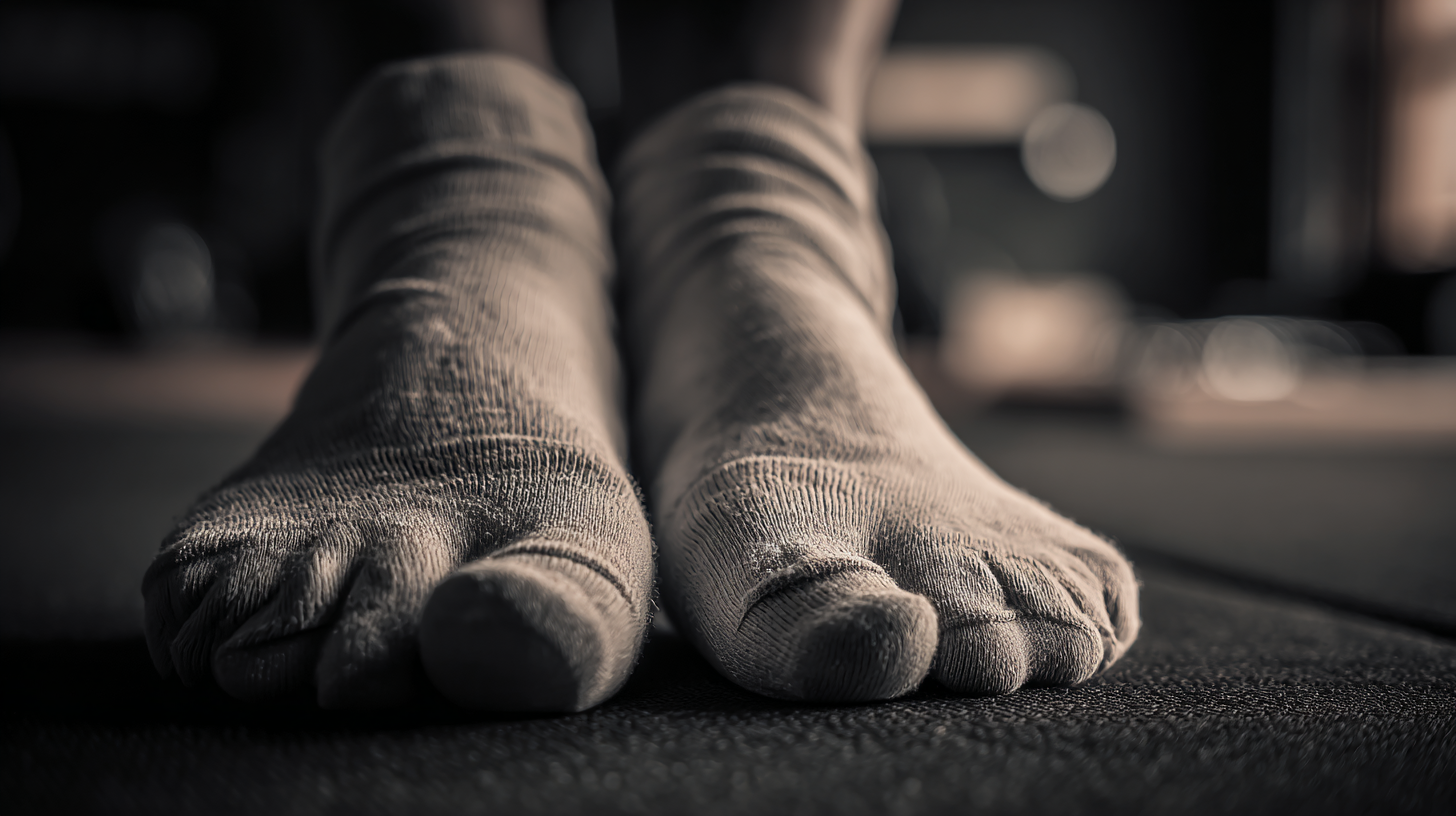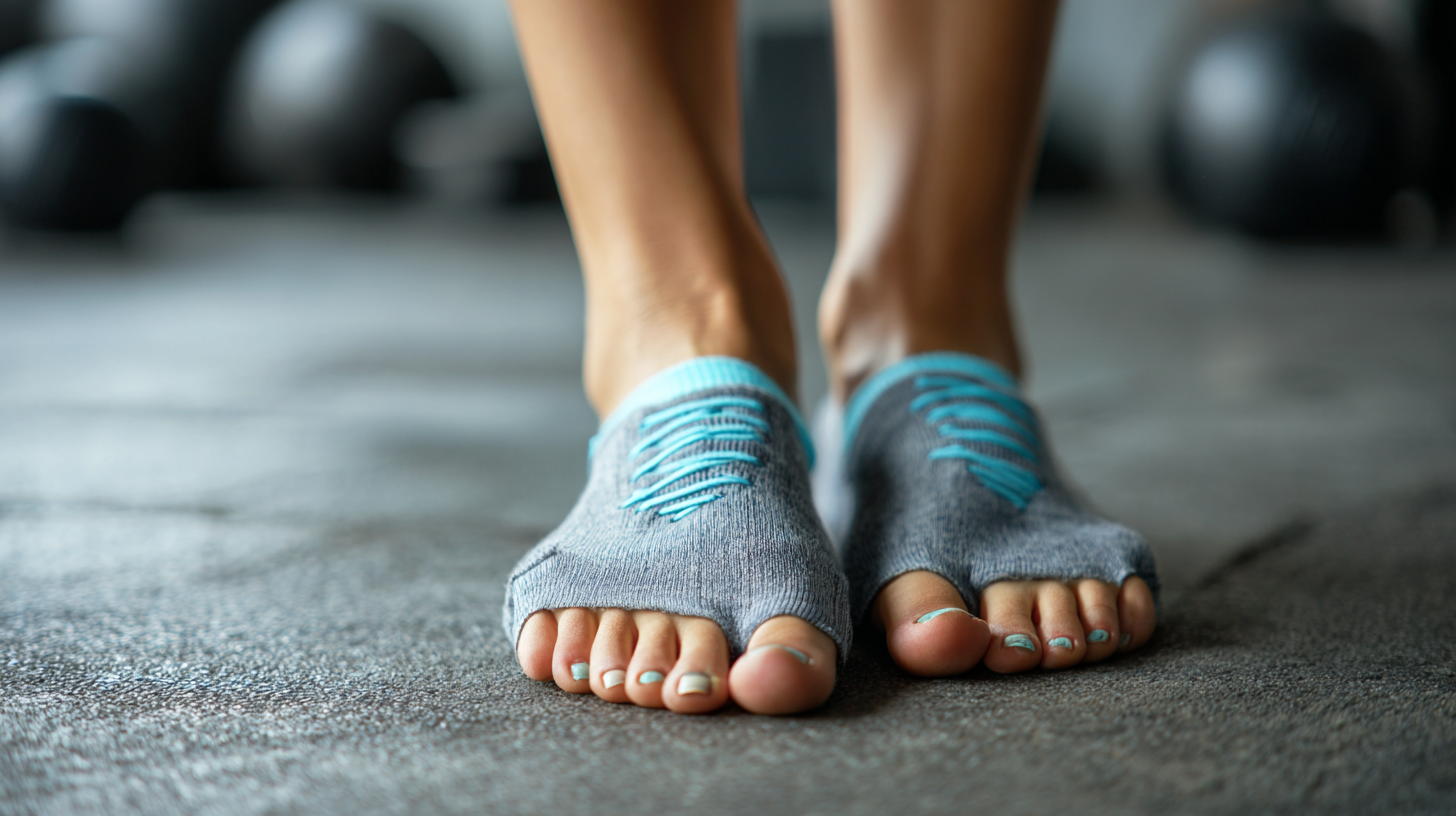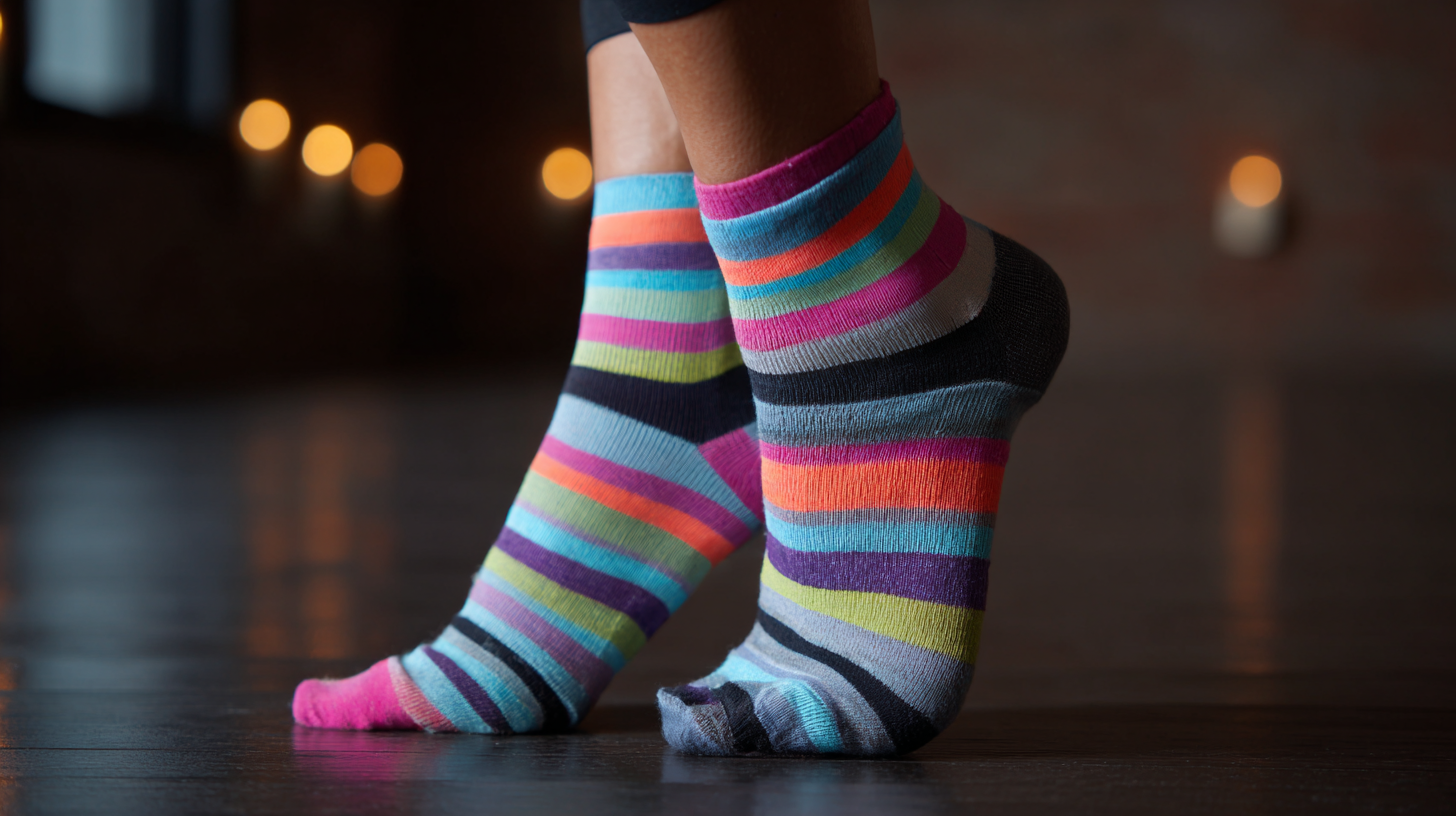
Leave Your Message
-
lwl2103
-

In the dynamic world of fitness, where the right equipment can significantly enhance performance, the choice of Pilates Toe Socks emerges as a critical factor for practitioners of all levels. According to a report by the IHRSA, the Pilates market has seen a consistent growth rate of approximately 7% annually, highlighting the increasing popularity of this low-impact exercise. As Pilates enthusiasts integrate these specialized socks into their routines, it's essential to recognize their benefits, including improved grip, warmth, and hygiene on studio floors. With such a diverse range of options available, selecting the best Pilates Toe Socks can be overwhelming.

This guide aims to simplify that process, providing a comprehensive checklist to ensure you make an informed choice that aligns with your fitness journey.
When selecting the best Pilates toe socks for your fitness journey, it's essential to focus on key features that enhance performance and comfort. First and foremost, non-slip grip is crucial. According to a report by the American Council on Exercise, using non-slip socks can increase stability during exercises, reducing the risk of falls and enhancing overall safety, especially in dynamic movements. Look for socks with silicone or rubberized dots on the soles, which provide superior traction on various surfaces.
Another important feature is breathability. A study published in the Journal of Sports Sciences highlighted that moisture-wicking materials significantly improve comfort during workouts by regulating temperature and keeping feet dry. Opting for cotton-blend or synthetic fabrics can help manage sweat effectively, maintaining focus during intense sessions. Additionally, ensure that the toe design allows for flexibility and freedom of movement. A properly designed toe sock can improve grip and enhance your connection to the mat, which is essential for achieving the correct alignment during Pilates exercises. By prioritizing these features, you can elevate your Pilates experience and maximize your fitness journey.

When it comes to enhancing your Pilates practice, choosing the right toe socks can make a world of difference. One crucial feature to consider is non-slip grips. These grips are not just a trendy addition; they serve a vital purpose in ensuring stability and safety during your workouts. When you're flowing through challenging poses, the last thing you want is to worry about your footing. Non-slip grips provide essential traction, enabling you to focus on your form and breathing rather than struggling to maintain balance.
Another significant advantage of non-slip grips is their ability to improve overall performance. By keeping your feet securely planted on the mat or reformer, these grips allow for more controlled movements, enhancing your strength and flexibility. This is particularly important for advanced practitioners who often push their limits. Moreover, when you’re engaging in high-intensity Pilates routines, the added stability from these grips can help prevent injuries, allowing you to practice with confidence and peace of mind. In essence, investing in quality Pilates toe socks with effective non-slip grips can elevate your fitness journey, making each session more enjoyable and productive.
When selecting the best Pilates toe socks for your fitness journey, understanding material composition is crucial. The three primary fabrics that stand out for breathable Pilates toe socks are cotton, bamboo, and synthetic blends. Cotton, being a natural fiber, offers comfort and breathability, making it great for low-intensity workouts. However, it tends to absorb moisture, which can lead to discomfort during more intense sessions. In contrast, bamboo fabric is gaining popularity due to its moisture-wicking properties and natural antimicrobial qualities, ensuring your feet remain dry and fresh.
Synthetic blends, on the other hand, have emerged as the top choice for high-performance Pilates socks. These materials often include nylon and spandex, creating a sock that not only provides excellent grip with non-slip soles but also enhances flexibility and support. According to industry experts, the best Pilates socks feature these synthetic components, allowing for a snug fit without compromising on breathability. Reports suggest that socks constructed with high-quality synthetic fibers receive superior ratings for workout performance, making them essential for those serious about their practice. Whether you're opting for toeless designs or crew lengths, prioritizing the right fabric can significantly elevate your Pilates experience.
When it comes to enhancing your Pilates experience, the right toe socks play a crucial role. To ensure maximum comfort during your workouts, paying attention to fit is essential. First, consider the material and size of the toe socks you choose. Opt for socks made from breathable, moisture-wicking fabric that not only keeps your feet dry but also provides the right amount of stretch. Make sure to check sizing charts and reviews to find a pair that snugly fits your feet without being too tight, as this could lead to discomfort during your sessions.
Additionally, look for features such as non-slip soles and supportive arches. Non-slip grips on the bottom of the socks will prevent slipping on reformer machines or mats, allowing you to focus on your movements rather than your footing. Supportive arches are equally important to provide stability and prevent fatigue as you flow through your Pilates routines. Lastly, don’t forget about personal preference; some may prefer full toe designs while others might like a more open style. Understanding what feels best for you will significantly enhance your fitness journey and overall enjoyment of Pilates.
| Feature | Description | Importance |
|---|---|---|
| Material | Common materials include cotton, nylon, and spandex. | Affects breathability, flexibility, and moisture-wicking capabilities. |
| Grip | Rubber soles or silicone dots for traction. | Prevents slipping on equipment or mat, ensuring safety. |
| Fit | Available in various sizes and styles (low-cut, mid-calf). | Proper fit enhances comfort and stability during practice. |
| Style | Variety of colors and patterns. | Personal expression and motivation in fitness. |
| Padding | Extra fabric or cushioning in specific areas. | Increases comfort during prolonged workouts. |
The global walking care products market is projected to reach a value of $3.84 billion in 2024, demonstrating the growing importance and demand for high-quality products, including Pilates toe socks. This aligns with the forecasted growth in the global sock market, which is expected to expand from $23.4 billion in 2024 to $34.3 billion by 2034, driven by a compound annual growth rate (CAGR) of 7%. As consumers increasingly prioritize eco-friendly and sustainable options, the quality of materials used in toe socks has become a critical factor for fitness enthusiasts selecting the right gear for their Pilates sessions.

Notably, the functional sock segment is witnessing significant growth, as 48% of consumers emphasize comfort and medical-grade features when choosing socks. This trend is mirrored in the rise of intelligent sock technologies that cater to specific needs, particularly within niche markets such as motherhood. With the apparel industry forecasted to undergo substantial transformations due to market trends and technological advancements, brands must innovate and ensure their products meet the evolving demands of consumers who are keen on comfort, sustainability, and specialized functionality in their footwear.
